The House of Hungarian Music was completed in the 14th district near Lake Városligeti, near the castle of Vajdhunyad and the building of the Ice Rink. During the press tour of the building, László Baán, the ministerial commissioner of Liget Budapest, said that the house, built as a result of the program launched ten years ago, will be a special musical initiation institution like no other in the world.
The House of Hungarian Music will open to the public on 22 January(Photo: Zoltán Balogh / MTI)
As he pointed out, the recently renovated Museum of Fine Arts and the House of Millennium, the now completed Hungarian House of Music, and then the New National Gallery will form a world-class cultural axis, while the green space of the grove will also be completely renewed. “More green and more cultures are moving to the Városliget,” he said. As he said, the building, designed by Japanese star architect Fujimoto Su, proves that “the architectural language of the 21st century can also create miracles worthy of Városliget,” adding that the investment continues the millennium tradition.
András Batta, the managing director of the Hungarian House of Music, said that the aim of the institution was to be the home of Hungarian music, but also to be integrated into the European cultural circulation. The Hungarian House of Music will have a triple function from January: it will host concerts, dance halls and community music, with an emphasis on education and music pedagogy, as well as interactive permanent and temporary exhibitions, a dome and a creative sound space, he said.
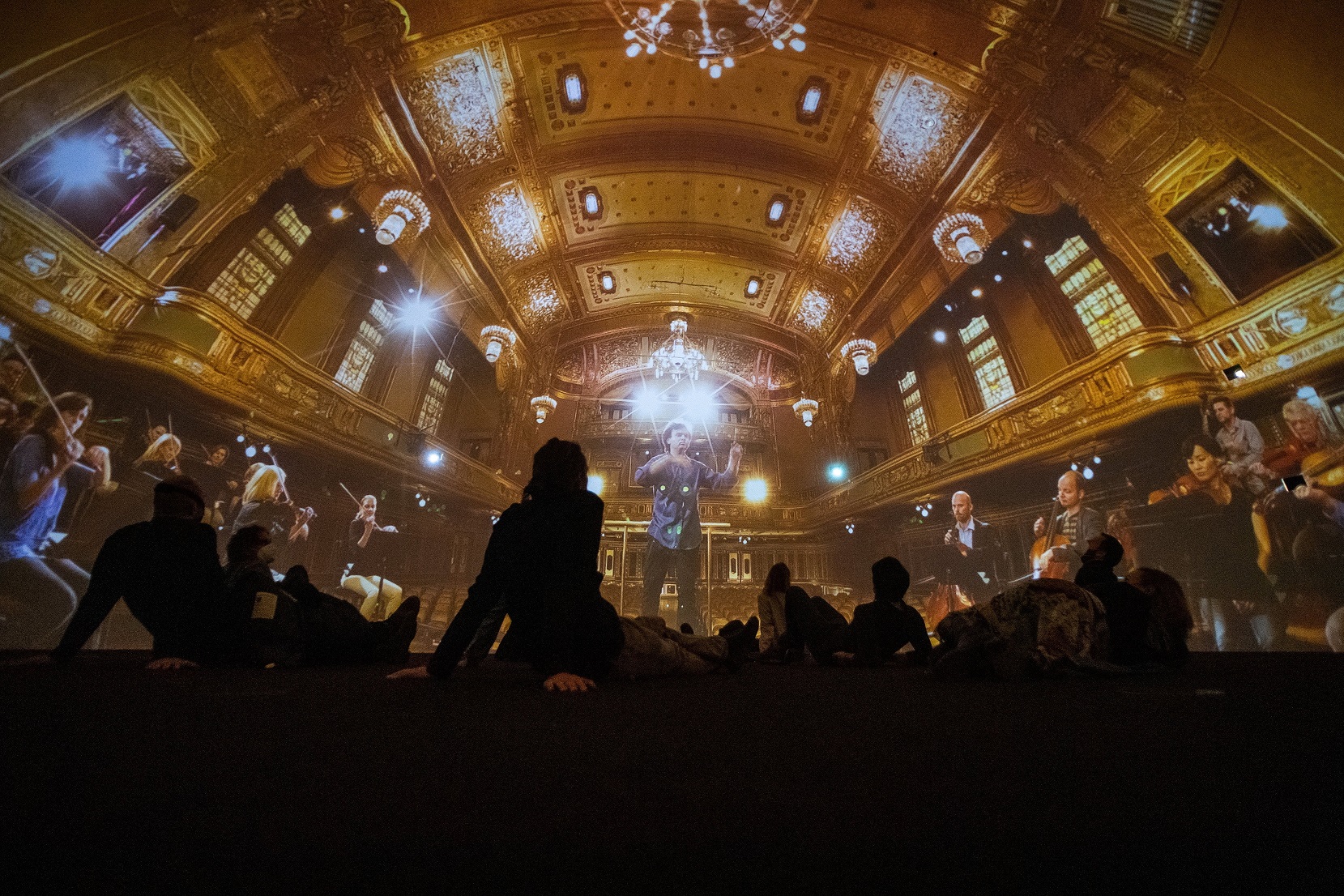
Sound dome in the House of Hungarian Music (Photo: Zoltán Balogh / MTI)
There has been no such “cultural investment boom” in Hungary since the millennium, never as much public money has been spent on renovating and establishing cultural institutions as in recent years, emphasized Péter Fekete, Secretary of State for Culture at the Ministry of Human Resources.
Benedek Gyorgyevics, CEO of Városliget Zrt., Drew attention to the fact that the Liget Budapest project is currently the largest cultural development in the entire Western world. The comprehensive renovation of the Museum of Fine Arts and the House of the Millennium has already been completed, the National Museum Restoration and Storage Center has been built, the rebuilt Csillagerőd in Komárom has opened, and the elements of the Városliget development have already attracted millions of visitors.
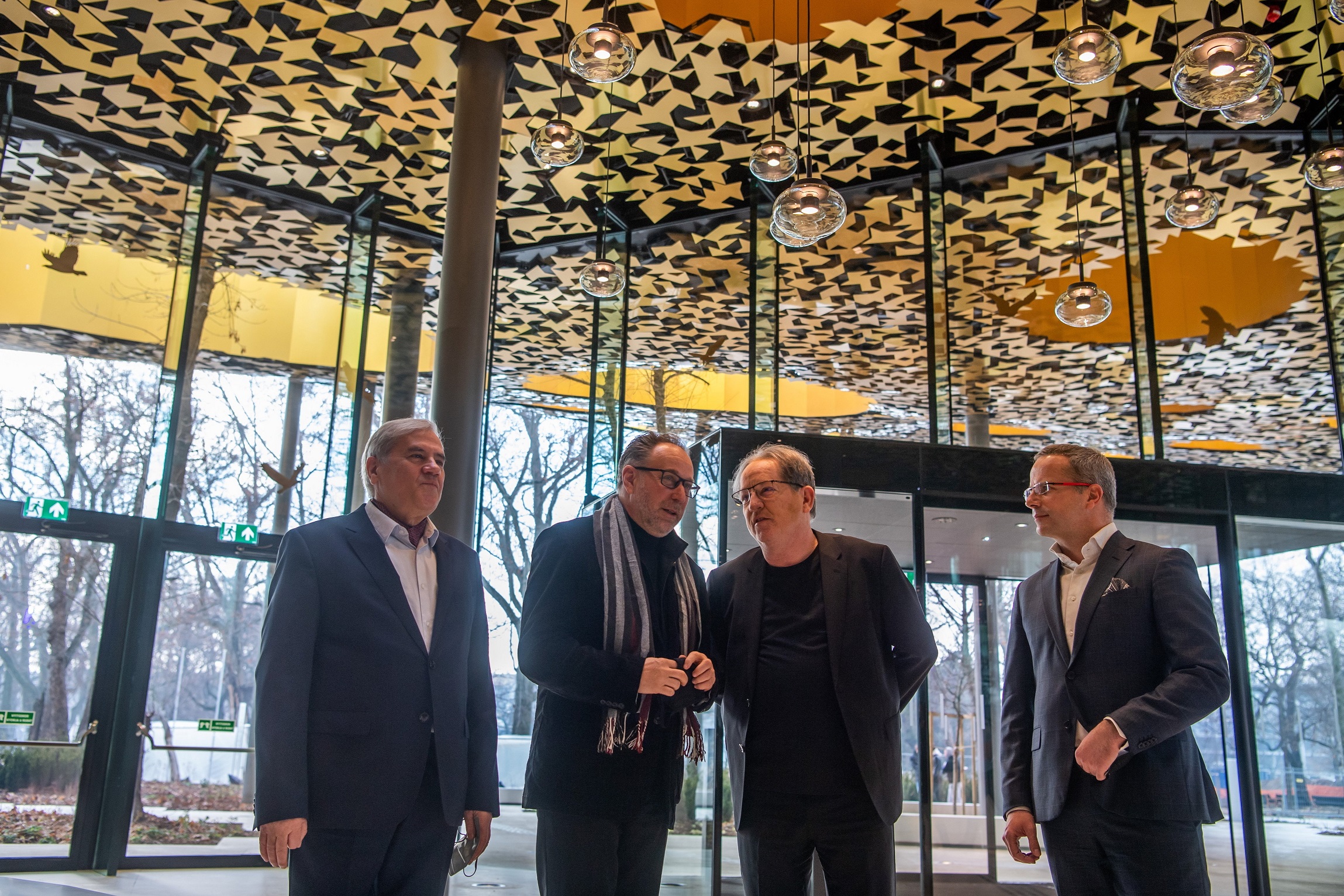
András Batta, Director of the Hungarian House of Music, Péter Fekete, State Secretary for Culture, László Baán, Ministerial Commissioner of Liget Budapest and Benedek Gyorgyevics, CEO of Városliget Zrt. (Photo: Zoltán Balogh MTI)
The permanent exhibition will be completed soon, which will guide visitors through the turning points of European and, in particular, Hungarian music history. Visitors to the 1,000-square-foot exhibition Sound Dimensions - Musical Journeys in Space and Time can experience an exciting story in an interactive way with the help of space-based headphones. In the creative sound space, non-traditional instruments can be tried out in a dome-shaped space with a 360-degree projection and more than thirty speakers, for up to fifty visitors at a time, he explained.
Attila Sághi, Deputy Chief Technical Officer of Városliget Zrt. said the investment really posed great challenges for the builders - only in the foreground were at least thirty technical solutions that had never been seen before in the region - but they were able to meet them - he highlighted.
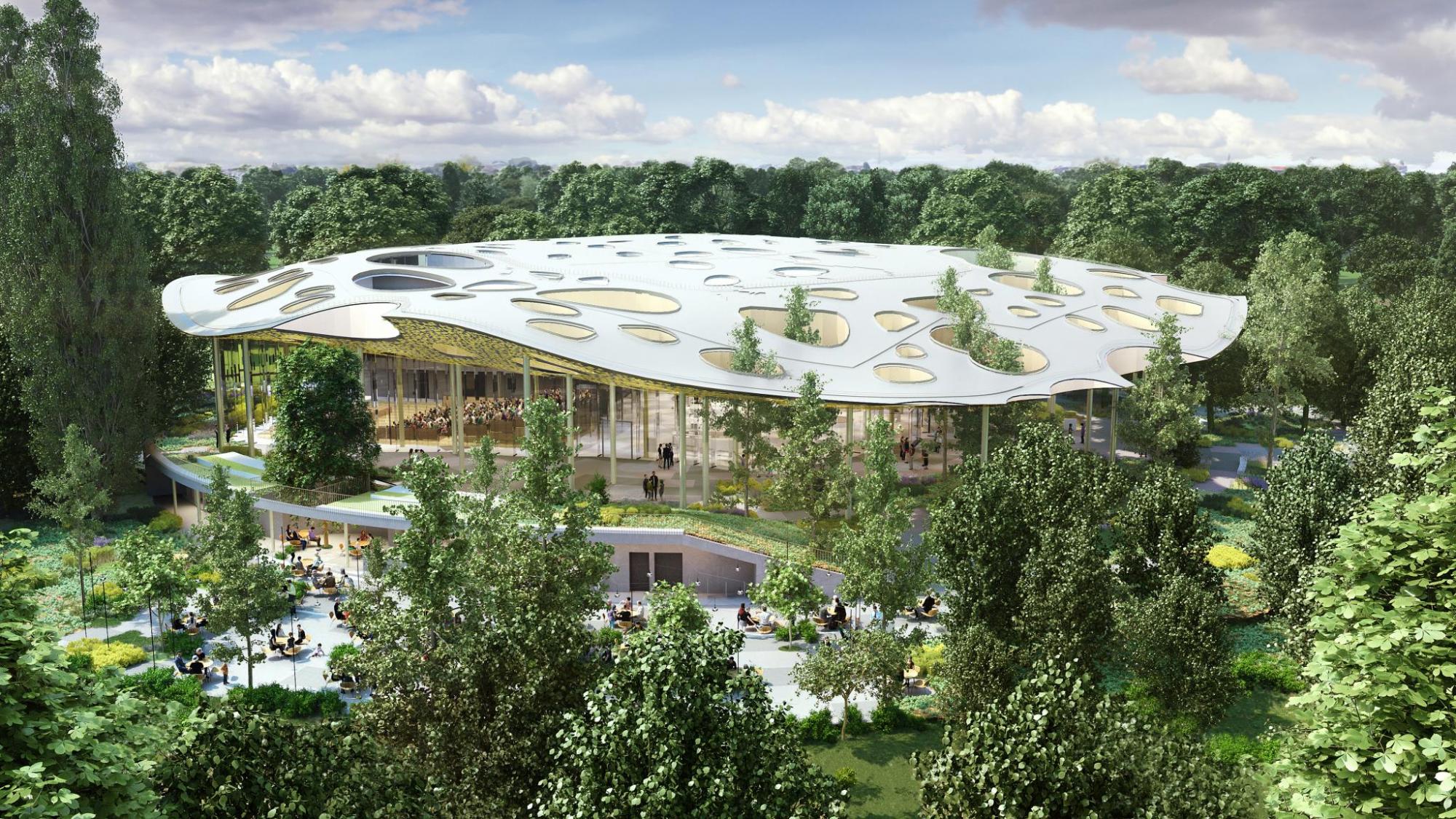
The facade glass walls consist of 94 individually manufactured glass panels (Source: ligetbudapest.hu)
Attila Sághi put it this way, the designer's vision almost dissolves the boundaries between the house and the park; this transparency is provided primarily by the huge, horizontally undivided facade glass walls. Another feature of the house is the organic, “floating” roof structure, which has almost no square elements, and its surface is broken by almost a hundred uniquely designed light wells, several of which carry natural light into the interiors down to the lowest levels.
Special attention was also paid to the use of sustainable and climate-friendly solutions, so the building's energy supply is largely covered by renewable energy sources, said Attila Sághi.
A video on the construction of the Hungarian House of Music is available at youtu.be/cVWvofiOBHo.
Source: MTI
Cover photo: The Hungarian House of Music forms a cultural axis with the Museum of Fine Arts and the House of Millennium, then with the New National Gallery (Photo: Zoltán MTI / Balogh)

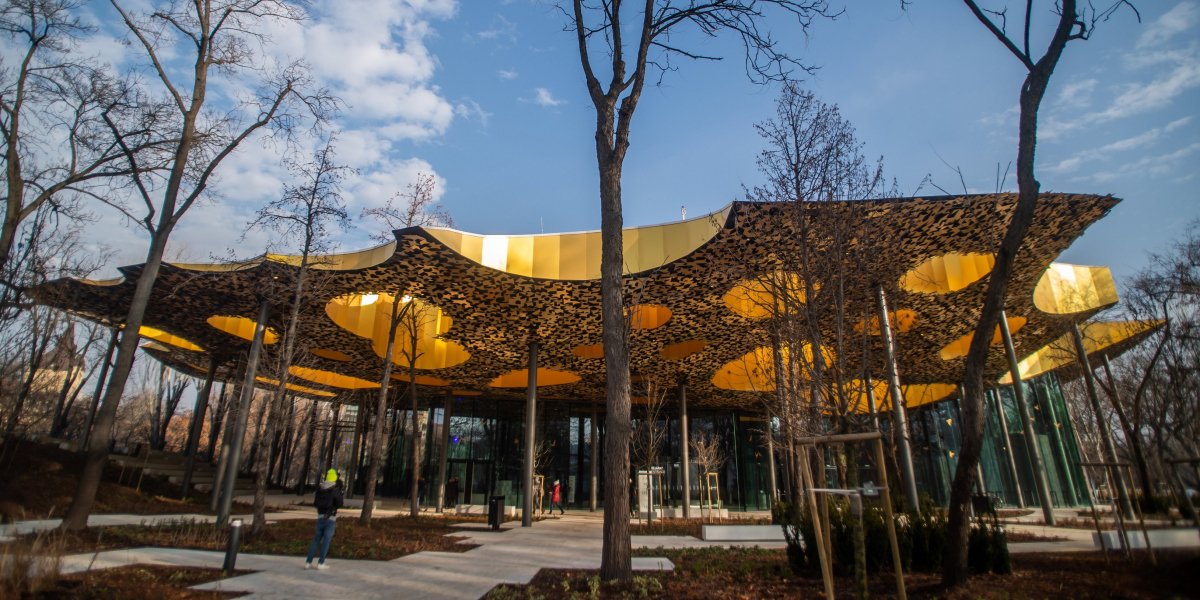

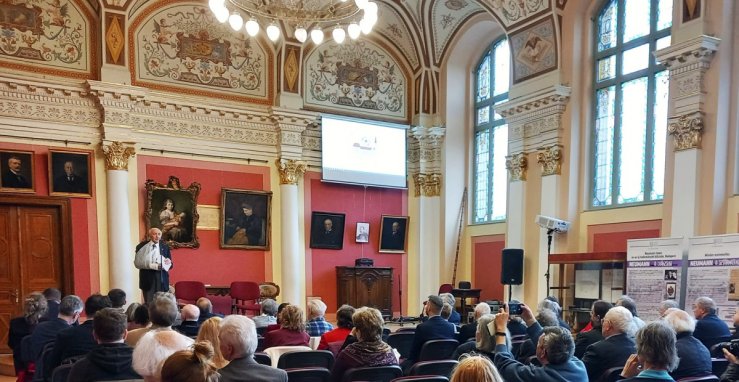


































Hozzászólások
Log in or register to comment!
Login Registration